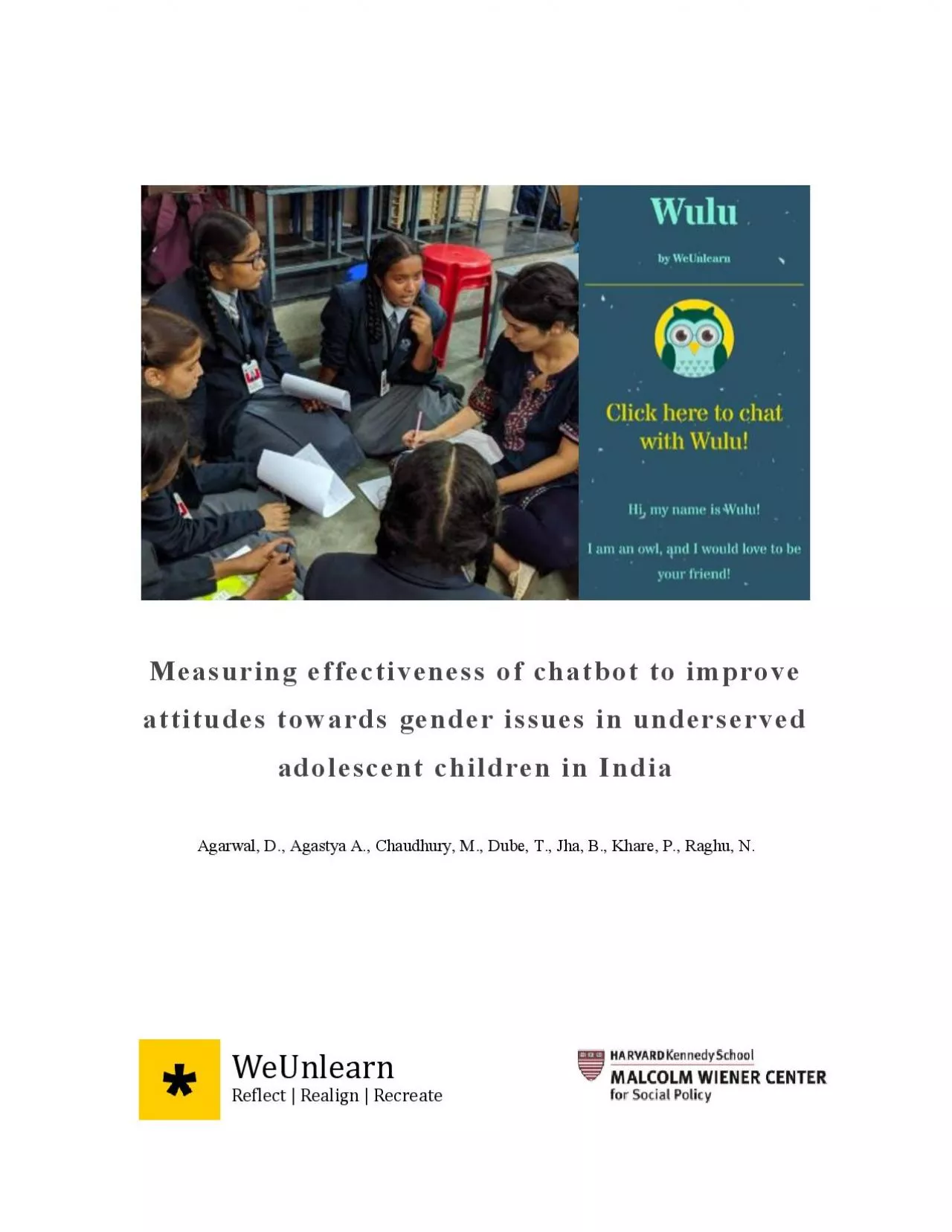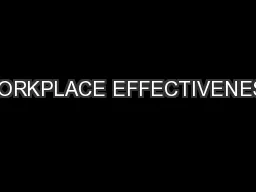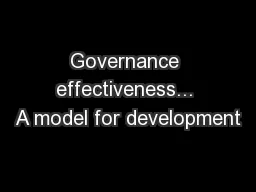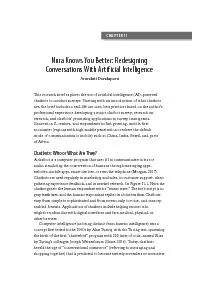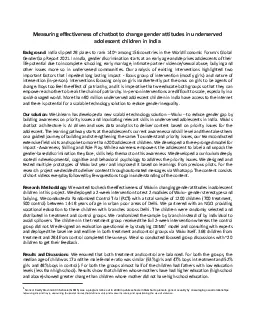PDF-Measuring effectiveness of chatbot to improve
Author : lily | Published Date : 2021-09-02
attitudes towards gender issues in underserved adolescent children in IndiaAgarwal D Agastya AChaudhury M Dube T Jha B Khare P Raghu N7e5nlearn2eflect 2ealign 2ecreateCONTENT1Abstract12Introduction2
Presentation Embed Code
Download Presentation
Download Presentation The PPT/PDF document "Measuring effectiveness of chatbot to im..." is the property of its rightful owner. Permission is granted to download and print the materials on this website for personal, non-commercial use only, and to display it on your personal computer provided you do not modify the materials and that you retain all copyright notices contained in the materials. By downloading content from our website, you accept the terms of this agreement.
Measuring effectiveness of chatbot to improve: Transcript
Download Rules Of Document
"Measuring effectiveness of chatbot to improve"The content belongs to its owner. You may download and print it for personal use, without modification, and keep all copyright notices. By downloading, you agree to these terms.
Related Documents

